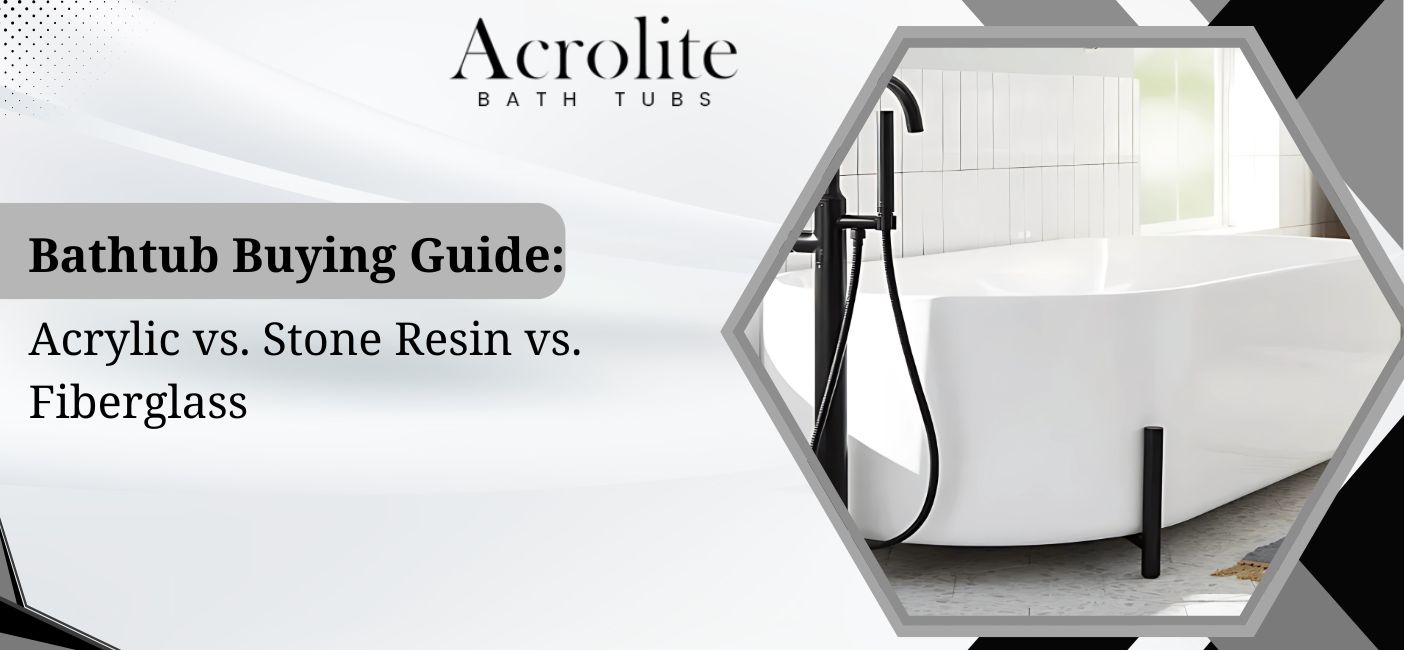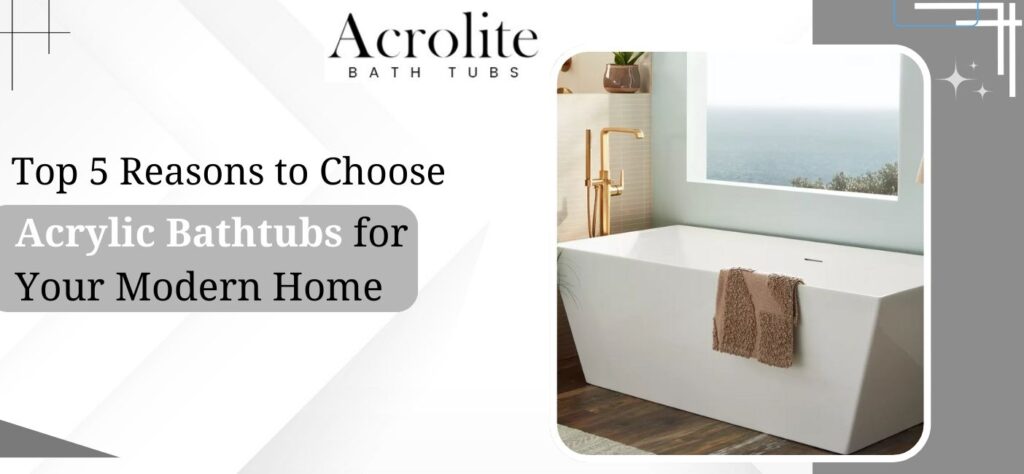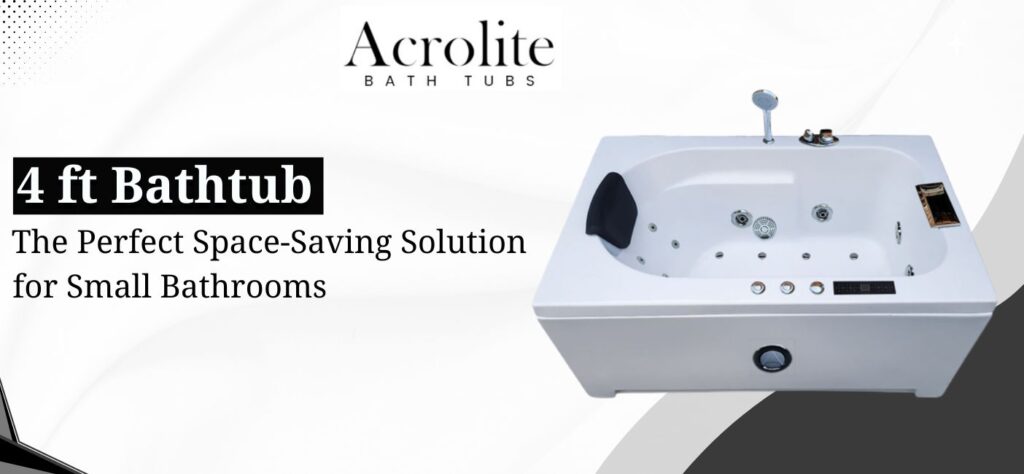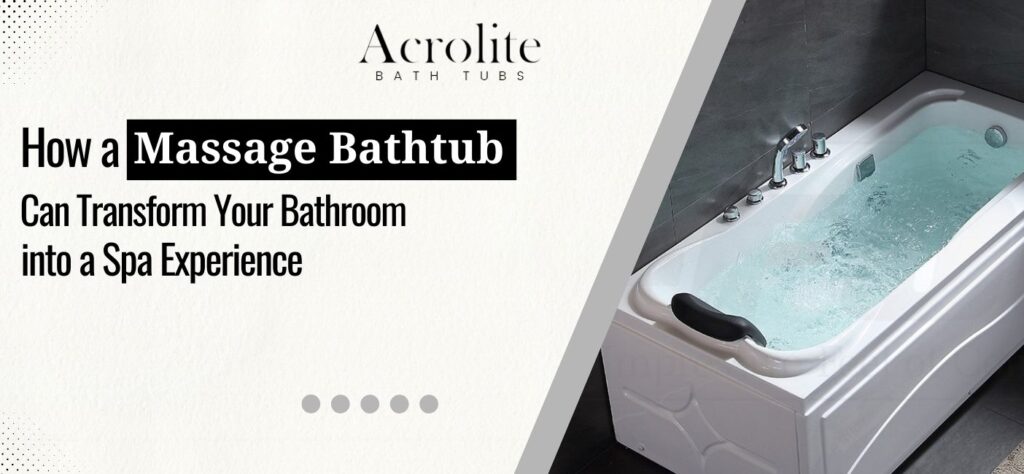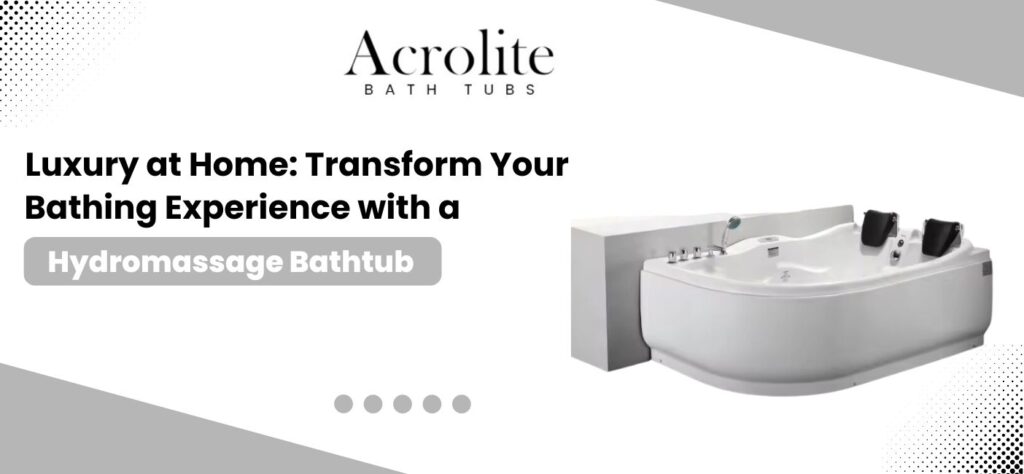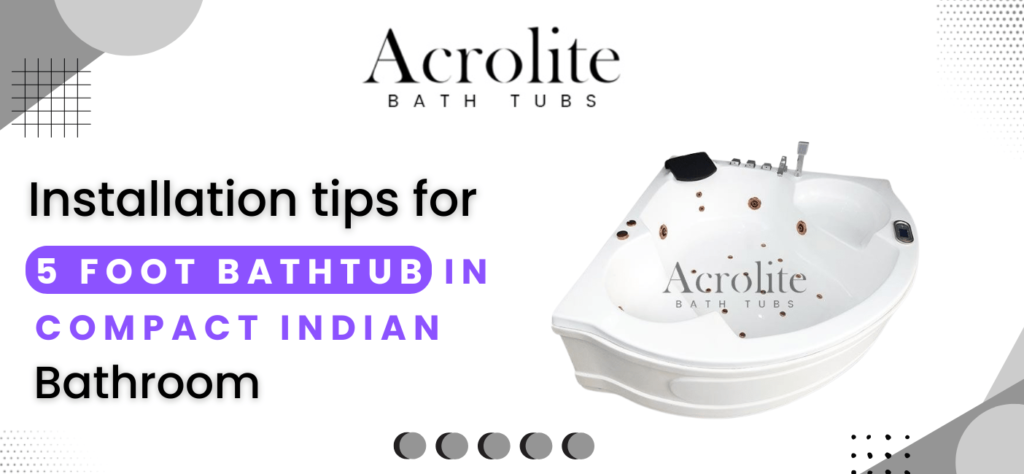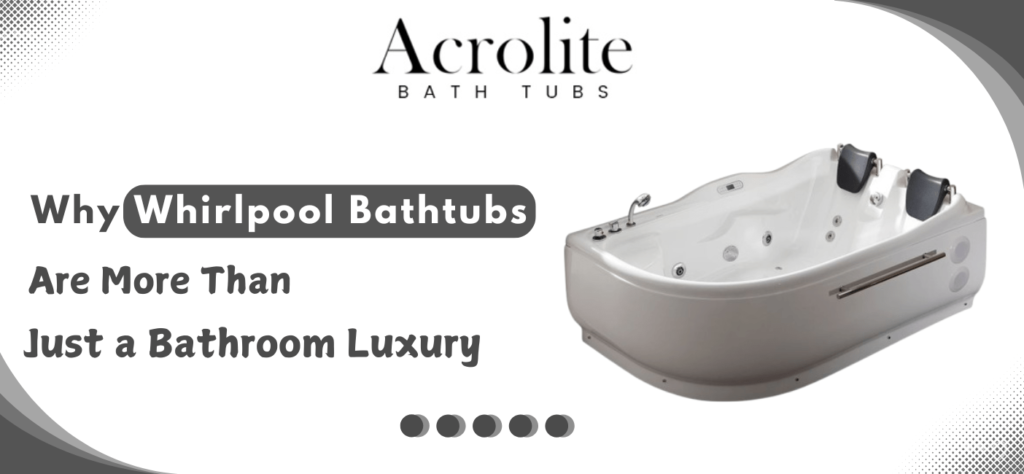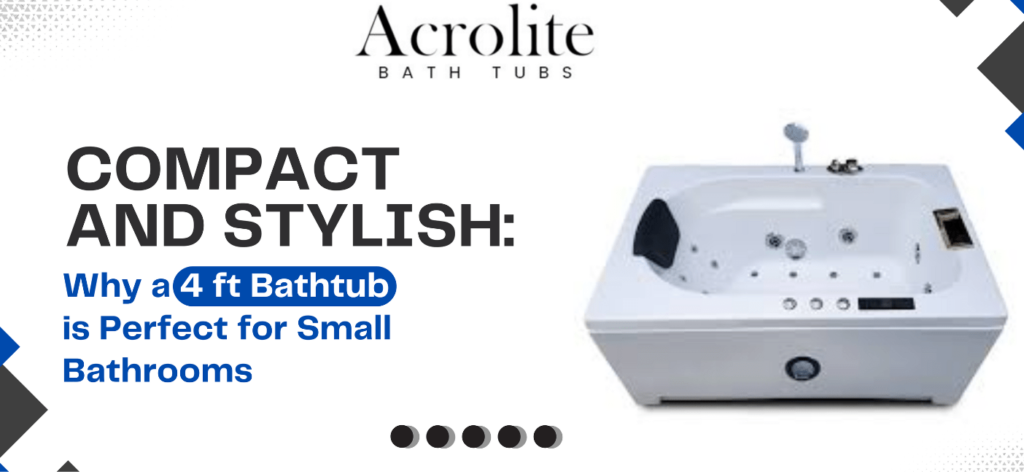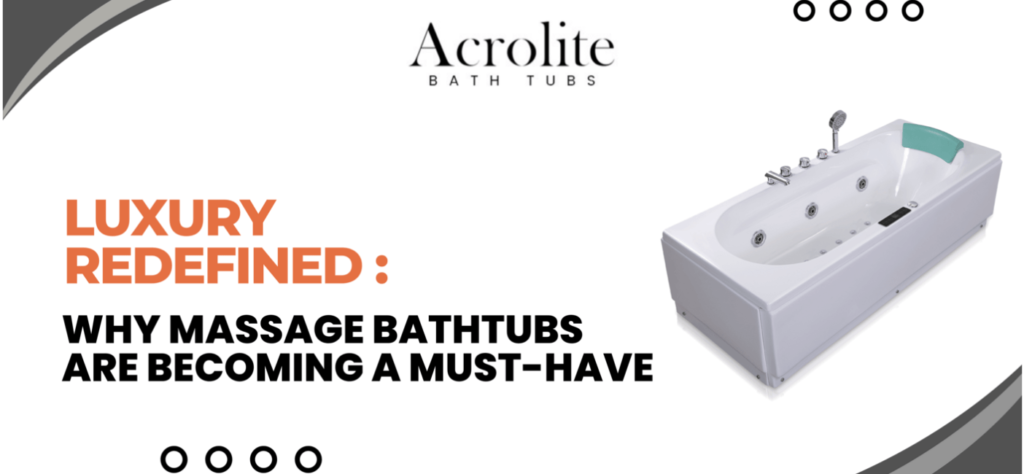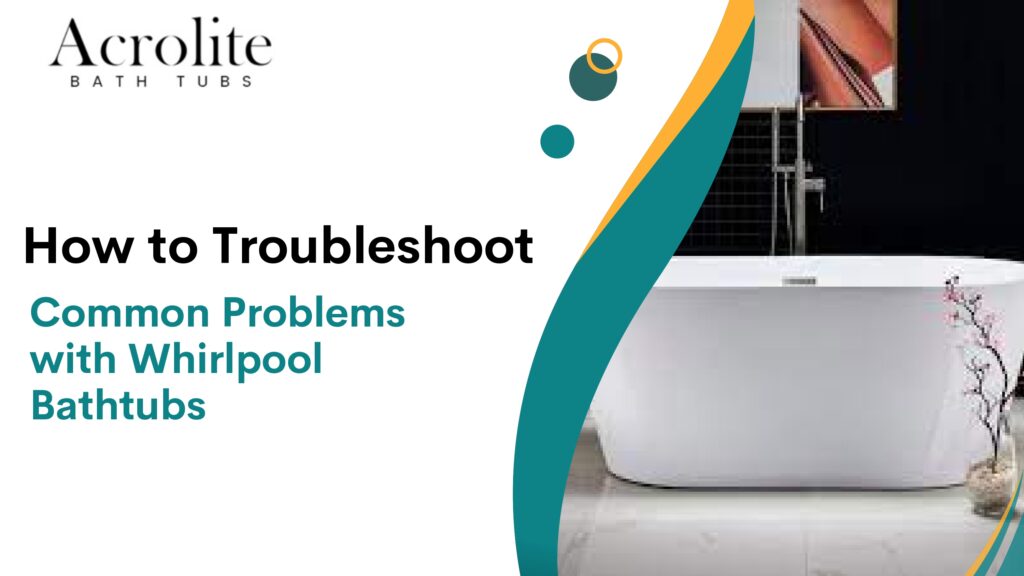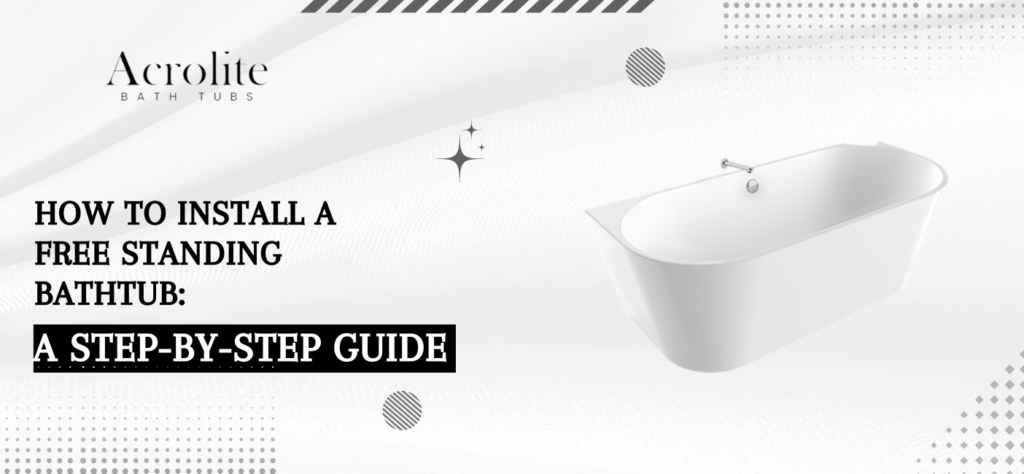Choosing the perfect bathtub for your bathroom renovation or new construction project can feel overwhelming with so many materials and styles available. Understanding the key differences between acrylic, stone resin, and fiberglass bathtubs will help you make an informed decision that balances your budget, aesthetic preferences, and functional needs.
Understanding Different Bathtub Materials
Acrylic Bathtubs: The Popular Choice
Acrylic has become the gold standard in modern bathroom design, and for good reason. These bathtubs are formed from sheets of acrylic plastic that are heated and molded into shape, then reinforced with fiberglass backing for added strength and durability.
Key Benefits:
- Excellent heat retention keeps water warm longer
- Lightweight construction makes installation easier
- Non-porous surface resists stains and bacteria
- Available in numerous colors and finishes
- Cost-effective compared to premium materials
Potential Drawbacks:
- Can scratch more easily than stone materials
- May show water spots and soap residue
- Lower-quality versions can flex under weight
Stone Resin: The Luxury Option
Stone resin bathtubs combine crushed natural stone with high-grade resins to create a material that mimics solid stone while being more practical for residential use. This premium option has gained popularity among homeowners seeking spa-like experiences.
Key Benefits:
- Superior durability and scratch resistance
- Excellent heat retention properties
- Luxurious appearance and feel
- Naturally antimicrobial surface
- Maintains temperature longer than most materials
Potential Drawbacks:
- Higher initial investment cost
- Heavier weight requires structural considerations
- Limited color options compared to acrylic
- Professional installation typically required
Fiberglass: The Budget-Friendly Solution
Fiberglass bathtubs are constructed using layers of woven glass fibers bonded with resin, creating a lightweight and affordable option. While not as popular as in previous decades, they still serve specific market needs.
Key Benefits:
- Most affordable option available
- Extremely lightweight for easy installation
- Quick manufacturing and replacement
- Suitable for temporary or rental properties
Potential Drawbacks:
- Poor heat retention leads to rapid cooling
- Surface can crack, chip, or fade over time
- Limited design options and colors
- May feel flimsy compared to other materials
Choosing the Right Style for Your Space
Free Standing Bathtub Elegance
Free standing bathtub has become the centerpiece of luxury bathroom designs. These statement pieces offer unparalleled visual impact and can transform an ordinary bathroom into a personal retreat.
Design Considerations:
- Requires adequate floor space and proper positioning
- Plumbing considerations for faucet placement
- Works best in larger bathrooms with open layouts
- Creates focal point for entire bathroom design
Built-in Options for Practical Living
Traditional alcove and drop-in installations remain popular for their space efficiency and practical benefits. These designs maximize functionality while fitting within standard bathroom layouts.
Special Features and Functionality
Massage Bathtub Systems
Modern bathtubs often incorporate therapeutic features that enhance the bathing experience. Air jets, whirlpool systems, and chromotherapy lighting can transform your daily routine into a spa-like experience.
Popular Features Include:
- Air bubble massage systems for gentle relaxation
- Whirlpool jets for targeted muscle therapy
- Built-in heating systems to maintain water temperature
- LED lighting for ambiance and chromotherapy
- Digital controls for customized experiences
Material Performance Comparison
Durability and Longevity
Stone resin bathtubs typically offer the longest lifespan, often lasting decades with minimal maintenance. Acrylic options provide excellent mid-range durability, while fiberglass may require replacement sooner in high-use environments.
Maintenance Requirements
Acrylic surfaces clean easily with standard bathroom cleaners and resist most stains. Stone resin requires similar care but offers better scratch resistance. Fiberglass needs gentle cleaning to prevent surface damage.
Installation Considerations
Weight differences significantly impact installation requirements. Fiberglass and acrylic options work well in most residential settings, while stone resin may require floor reinforcement and professional installation.
Making Your Final Decision
Budget Planning
Establish a realistic budget that includes not only the bathtub cost but also installation, plumbing modifications, and any structural work required. Remember that quality bathtubs represent long-term investments in your home’s value and your daily comfort.
Lifestyle Factors
Consider how you’ll actually use your bathtub. Frequent bathers benefit from superior heat retention and comfort features, while occasional users might prioritize easy maintenance and cost savings.
Future Considerations
Think about potential resale value and changing family needs. Premium materials and timeless designs typically offer better long-term value, while budget options work well for shorter-term situations.
Conclusion
Selecting the right bathtub involves balancing multiple factors including budget, space constraints, aesthetic preferences, and functional requirements. Acrylic offers the best overall value for most homeowners, combining durability, variety, and reasonable cost. Stone resin provides luxury and longevity for those willing to invest more, while fiberglass serves budget-conscious buyers with basic needs.
Companies like Acrolite Bathtubs have established themselves in the market by offering quality options across different price points, helping homeowners find solutions that match their specific requirements. Whether you choose a simple soaking tub or an elaborate massage bathtub system, investing in quality materials and professional installation ensures years of reliable performance and enjoyment.
Take time to visit showrooms, compare samples, and consider your long-term needs before making this important decision for your home.

